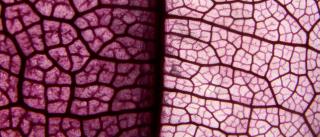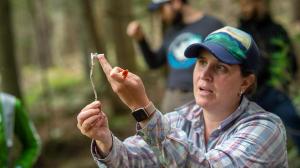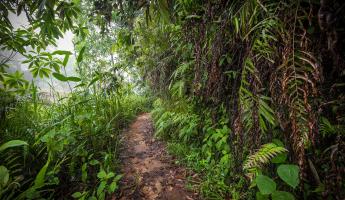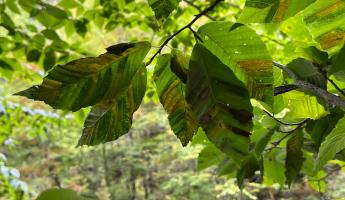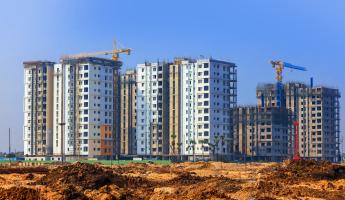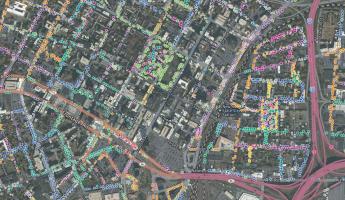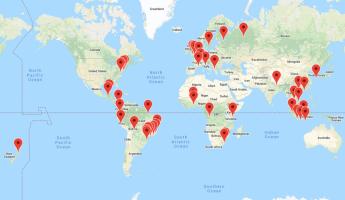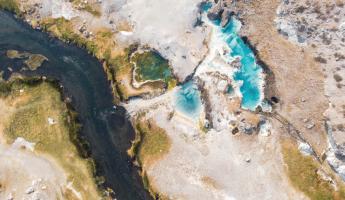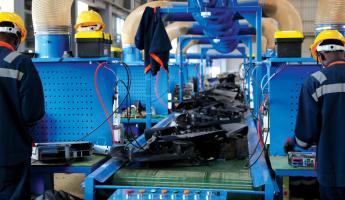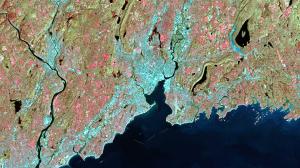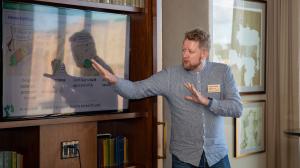Quantifying Change in Agricultural Soil Carbon Stocks
Mark Bradford, Lisa Eash, Alexander Polussa, Fiona V. Jevon, Sara Kuebbing, Ashley Hammac, Steven Rosenzweig, Emily Oldfield
There has been significant economic, social, and political investment aimed at increasing soil organic carbon (SOC) stocks in agricultural soils through the adoption of regenerative cropland management practices. Yet, there is disagreement over the potential of these management practices to sequester sufficient SOC to meaningfully mitigate climate change. Measuring changes in SOC stocks within the extent of regional agriculture could help resolve this disagreement but sampling demands to quantify change are not considered feasible primarily because within-field variation in stock sizes is thought to obscure accurate quantification of management effects on incremental SOC accrual. The research team evaluated this infeasibility assumption. High-density within-field sampling data from 45 cropland fields were analyzed to evaluate the feasibility of accurately quantifying SOC stock changes due to management practices.
The findings revealed that individual field estimates of SOC stock changes were often inaccurate and variable, even with increased sampling density. However, at the project level involving multiple fields, higher sampling densities and field numbers led to robust and accurate estimates of carbon accrual. Specifically, with increased sampling densities and field numbers, the study found it was feasible to accurately detect rates of SOC accrual meaningful for climate mitigation. With multiple fields, the results suggest it is feasible to make relatively robust and accurate, population-level, mean estimates of SOC accrual at the scale of agricultural projects and monitoring programs. The research underscores the importance of empirical evidence at the scale of agricultural landscapes for advancing the debate on the efficacy of regenerative practices in sequestering SOC.

Figure 1. The surest way to estimate whether soil carbon accrual is the result of a management intervention is to use a dynamic baseline which accounts for differences in SOC under both regenerative and conventional fields. Shown are these difference-in-difference means (with 95% confidence intervals), for 100 test iterations, in soil carbon change at a population level that includes 30 pairs of conventional and regenerative fields sampled at within-field densities of 1.2 ha sample-1.
